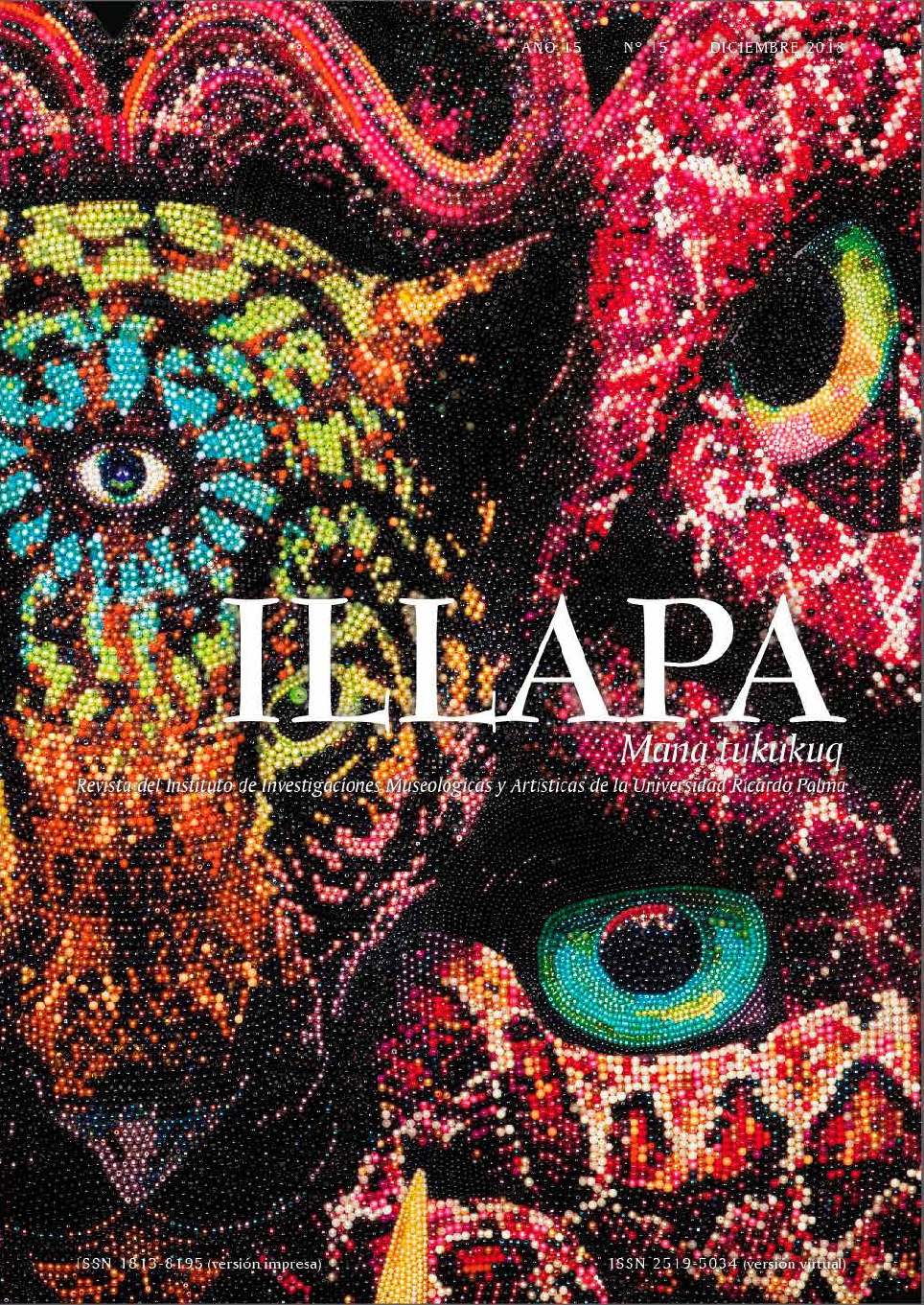Un museo casa para la cultura viva
DOI:
https://doi.org/10.31381/illapa.v0i15.1843Abstract
Resumen
Medellín es una ciudad de contrastes. Durante décadas ha sido afectada por diversas manifestaciones de violencia, que han mantenido activo el legado y poder del narcotráfico, la corrupción y el conflicto armado. Al mismo tiempo, sus habitantes han sobrevivido desde la resiliencia, mediante movimientos, organizaciones y personas que han defendido la vida y la paz. El Museo Casa de la Memoria nace en Medellín en el año 2011, en medio de un conflicto vivo, pensado como un museo participativo e incluyente, con el objetivo de propiciar una plataforma educativa, de diálogo, reflexión y construcción de memorias plurales. A partir de entonces, ha trabajado en la creación e implementación de una museología viva, mediante la construcción de memorias participativas con víctimas, personas en proceso de reintegración, excombatientes, sociedad civil, líderes sociales, fuerzas militares del Estado y organizaciones no gubernamentales. Sus manifestaciones constituyen un acervo que motiva
el vínculo con los públicos desde una relación de reciprocidad que permite la resignificación de lo vivido a partir de la deconstrucción o afirmación de lo pasado, incluso lo presente, interpelando lo acontecido, afianzando la identidad y la posibilidad de reconstruir el complejo tejido social hacia
mejores horizontes.
Palabras clave: memoria, museología crítica, memoria viva, resignificación, resiliencia.
Abstract
Medellín is a city of contrasts. For decades it has been affected by various demonstrations of violence, which have kept active the legacy and power of drug trafficking, corruption and armed conflict. At the same time, its inhabitants have survived from resilience, through movements, organizations and people who have defended life and peace. The Casa de la Memoria Museum was born in Medellín in 2011, in the midst of a living conflict. Conceived as a participatory and inclusive museum, with the aim of promoting an educational platform, dialogue, reflection and construction of plural memories. Since then, it has worked on the creation and implementation of a living museology, through the
construction of participatory memories with victims, people in the process of reintegration, former combatants, civil society, social leaders, state military forces and non-governmental organizations. Their demonstrations constitute a collection that motivates the link with the public from a relationship of reciprocity that allows the resignification of the lived thing from the deconstruction or affirmation of the past, including the present, questioning what has happened, strengthening the identity and the possibility of rebuilding the complex social fabric towards better horizons.
Keywords: memory, critical museology, living memory, resignification, resilience.





2.png)



